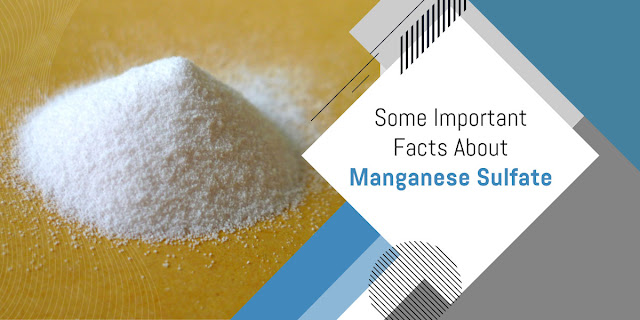What are the physical properties and uses of Caustic Soda?
There is no odour to sodium hydroxide (NaOH). It is
composed of solid white crystals that absorb water from the surrounding
environment. Caustic or sodium hydroxide can cause injury to workers who come
into touch with it. The degree of injury is determined by the amount, duration,
and activity. It can cause temporary hair loss and burn the eyes, skin, and
interior membranes.
Physical properties:
The pure form of sodium hydroxide is a colourless
substance that is crystalline solid having a very high melting point (318°C /
604°F) and a significantly high boiling point (1,388°C / 2,530°F). It is
extremely soluble in water, but less so in polar solvents like ethanol and
methanol. In ether and other non-polar solvents, NaOH is insoluble.
Palvi Chemicals is a well known Caustic Soda exporter in Nigeria.
The dissolution of solid sodium hydroxide in water, like the hydration of sulfuric acid, is a highly exothermic reaction in which a substantial quantity of heat is generated, creating a safety risk due to the likelihood of splashing. Typically, the resultant solution is colourless and odourless. Because of the saponification process that happens between NaOH and natural skin oils, it feels slippery when in contact with the skin, just like other alkaline solutions.
Palvi Chemicals is the most reputed & noted Caustic Soda Distributor in Nigeria.
Uses:
Sodium hydroxide is a widely used strong base in the
industry. Sodium hydroxide is employed in the production of sodium salts and
detergents, the management of pH, and the synthesis of organic compounds. In
bulk, it is usually handled as an aqueous solution since it is less expensive
and easier to handle.
Sodium hydroxide is utilised in a variety of situations where increasing the alkalinity of a combination or neutralising acids is desired.
Palvi Chemicals is one of the excellent Caustic Soda suppliers in Ghana.
In the petroleum sector, for example, sodium hydroxide is utilised as a drilling mud addition to boost alkalinity in bentonite mud systems, raise mud viscosity, and neutralise any acid gas encountered in the geological formation as drilling advances.
Another application is in salt spray testing, where the pH must be controlled. To balance the pH, sodium hydroxide is combined with hydrochloric acid. The corrosive agent in the conventional neutral pH salt spray test is the resulting salt, NaCl.
Caustic washing is a method that uses sodium hydroxide to remove sulphurous contaminants from low-quality crude oil.
Palvi Chemicals is a distinguished Caustic Soda exporter in Nigeria.
Other frequent applications for sodium hydroxide include:
●
It is used in the production of soaps and detergents. Because
sodium hydroxide is less expensive and requires less quantity, it is used more
frequently than potassium hydroxide.
●
It's utilised in drain cleaners because sodium hydroxide
turns fats and grease that might clog pipes into soap that dissolves in water.
●
It is utilised in the production of synthetic textile fibres
(such as Rayon).
●
It is used in the production of paper. Industry consumes
around 56 per cent of the sodium hydroxide produced, with the paper industry
accounting for 25 per cent. (See also chemical pulping.)
●
It is employed in the purification of bauxite ore, from which
aluminium metal is produced which is also widely popular as the Bayer process.
●
It is used to degrease metals, refine oil, and make colours
and bleaches.
●
It is used in water treatment plants to regulate the pH.
●
It is used to give a characteristic shiny finish to bagels
and pretzel dough.



Comments
Post a Comment